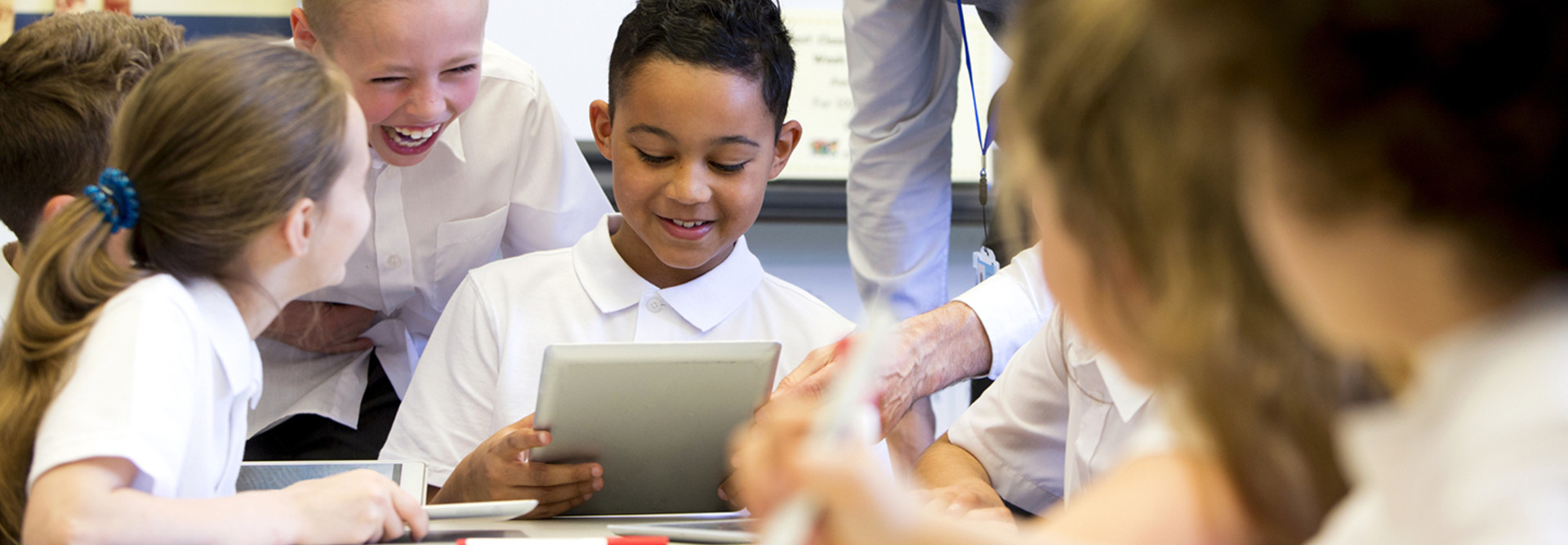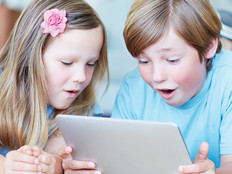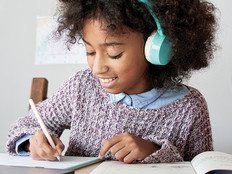Flexibility Is Key in Personalized Learning Classrooms
When I was in school, my teacher stood at the front of the classroom and lectured to students, myself included, sitting in neat rows of desks. I learned math, spelling and social studies the same exact way as my classmates did — right from the school district’s curriculum guide.
I had a superb education, but I think students today have an even bigger advantage. That’s because classrooms are being designed with personalized learning in mind, and modern technology is advancing that agenda.
Schools today are rapidly adopting personalized learning models, whereby teachers tailor their curricula to fit the needs and abilities of each student individually. This allows for students to have one-on-one time with their teachers, but also encourages collaboration in the classroom.
According to a report from Project Tomorrow titled “Trends in Digital Learning: How K–12 Leaders Are Empowering Personalized Learning in America’s Schools,” one-third of district administrators nationwide “endorse individualized education plans for every student as a key strategy for improving students’ readiness for college and career expectations.”
The physical learning environment in a classroom should be adjusted to help promote personalization. That includes creating a comfortable, colorful and well-lit space as well as orienting furniture so that it’s both usable and flexible. Since many devices today are mobile, varied seating options are another appealing addition to the classroom.
Not only will students feel more comfortable in their learning spaces, they’ll also accomplish more too. In fact, according to a 2013 study on the topic, classroom design can boost students’ performance by as much as 25 percent.
Imagine the scenario: Johnny and Sally are both getting high marks in fifth grade. Sally likes to sit on the beanbag chair with her Chromebook, while Johnny prefers using a standing desk to complete his work. Their teacher, Mrs. Smith, is able to accommodate both needs thanks to the flexible learning environment in her classroom. Other students may work best sitting on a yoga ball or even sitting in a traditional desk while using a tablet. Mrs. Smith allows students flexibility and choice, rather than trying to fit them all in to the same mold.
Vallecito Elementary School in suburban San Francisco ascribes to this philosophy, and it works well for them. The school uses standing desks in all 22 of its classrooms, but also allows students some choice in where they work.
“We’ve added a lot more choice into the day,” Principal Tracy Smith told EdTech. “We might say to the students, ‘We’re going to have you work in pairs, but you can choose to work on the floor, go to the bench outside, sit over here, or stand.’ They’re so happy to be given choices about how and where they complete their work.”
As technology advances and becomes more mobile, so do children. Classrooms are following suit, and students and teachers are the benefactors.
This article is part of the "Connect IT: Bridging the Gap Between Education and Technology" series. Please join the discussion on Twitter by using the #ConnectIT hashtag.
![[title]Connect IT: Bridging the Gap Between Education and Technology [title]Connect IT: Bridging the Gap Between Education and Technology](http://www.edtechmagazine.com/k12/sites/default/files/articles/2014/05/connectit.jpg)









